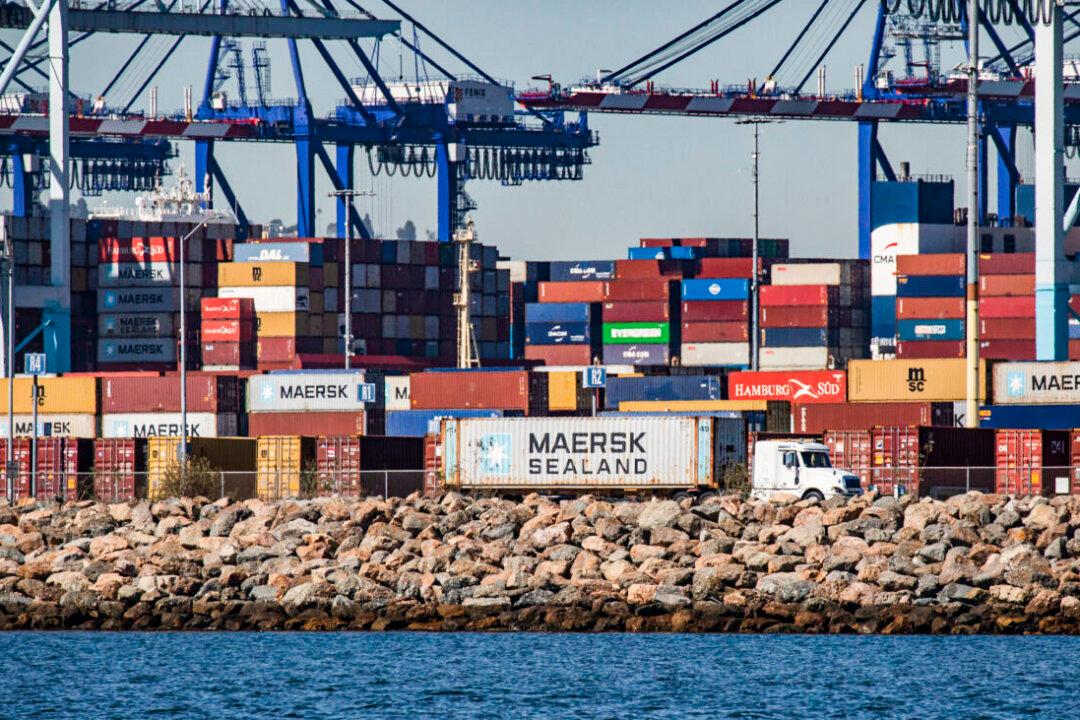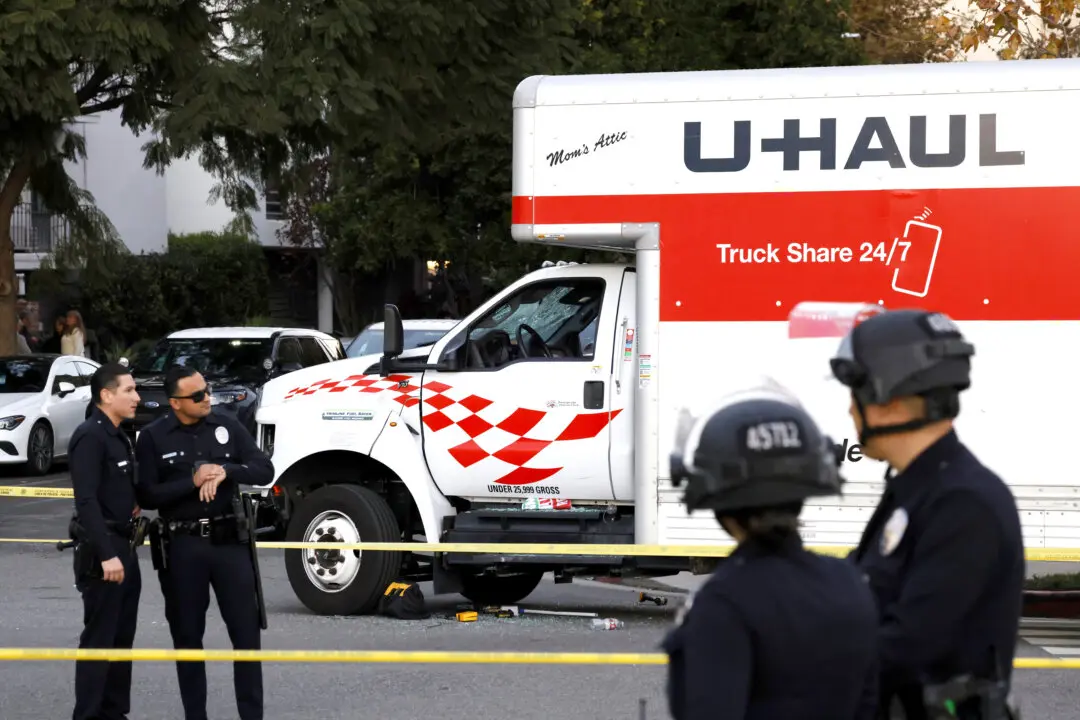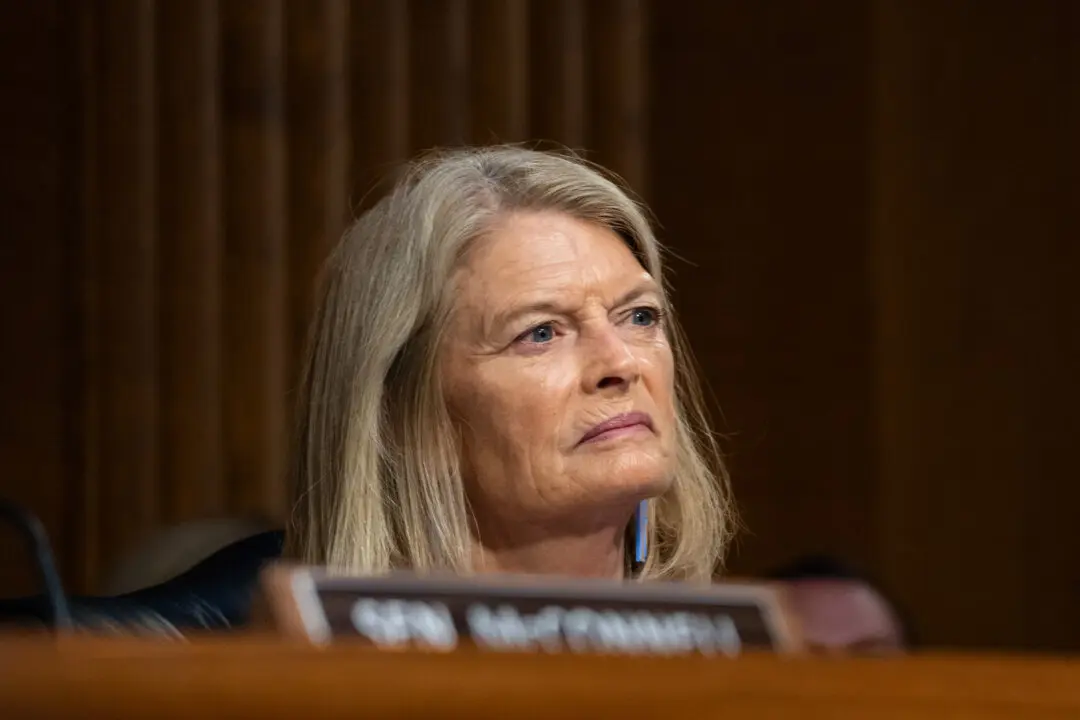The number of arriving cargo ships at the Port of Los Angeles likely won’t surge as the holiday season comes around, but the supply chain crisis is not yet over, according to experts and port officials.
The National Retail Federation, the world’s largest retail trade association, reported a slowdown in the cargo surge this month.





